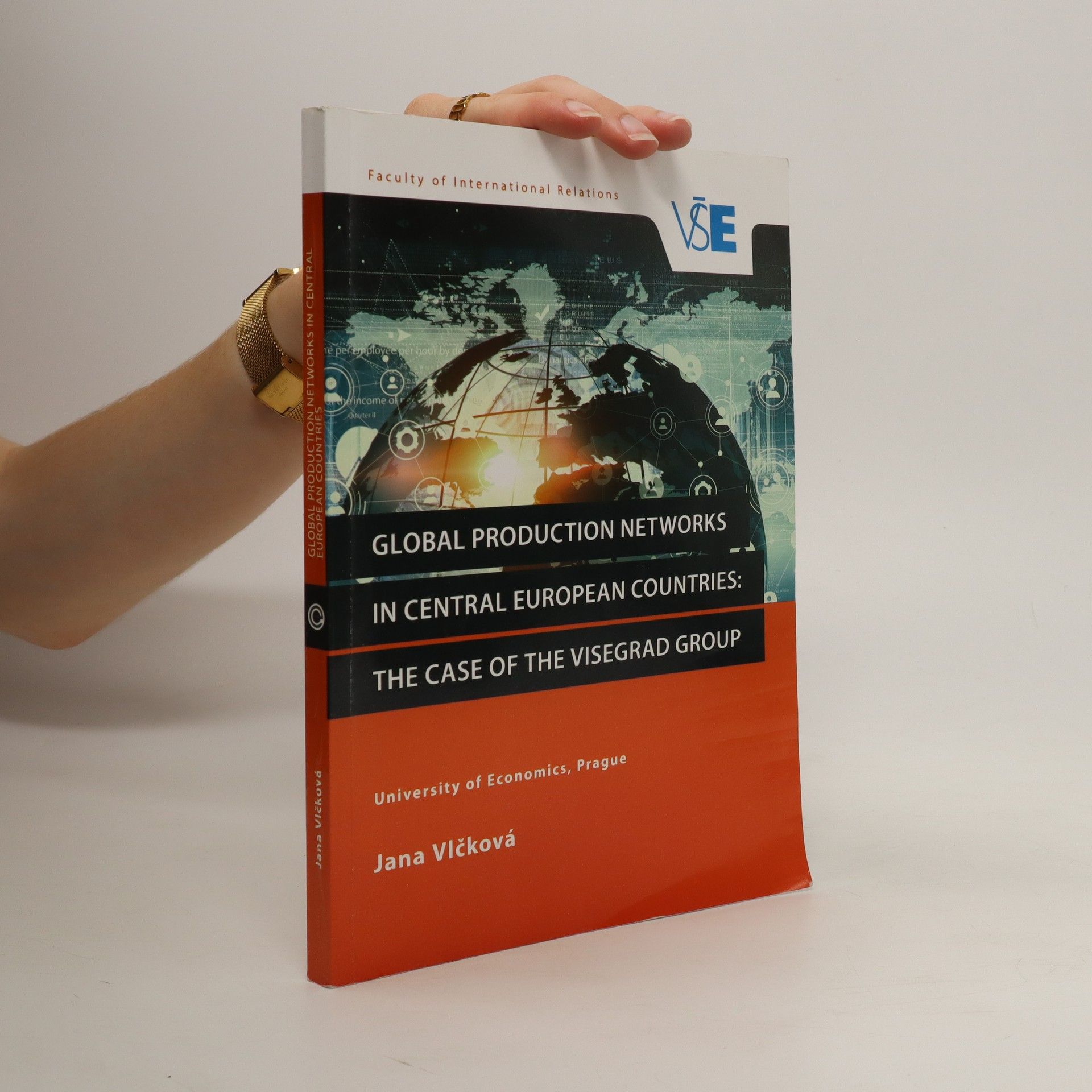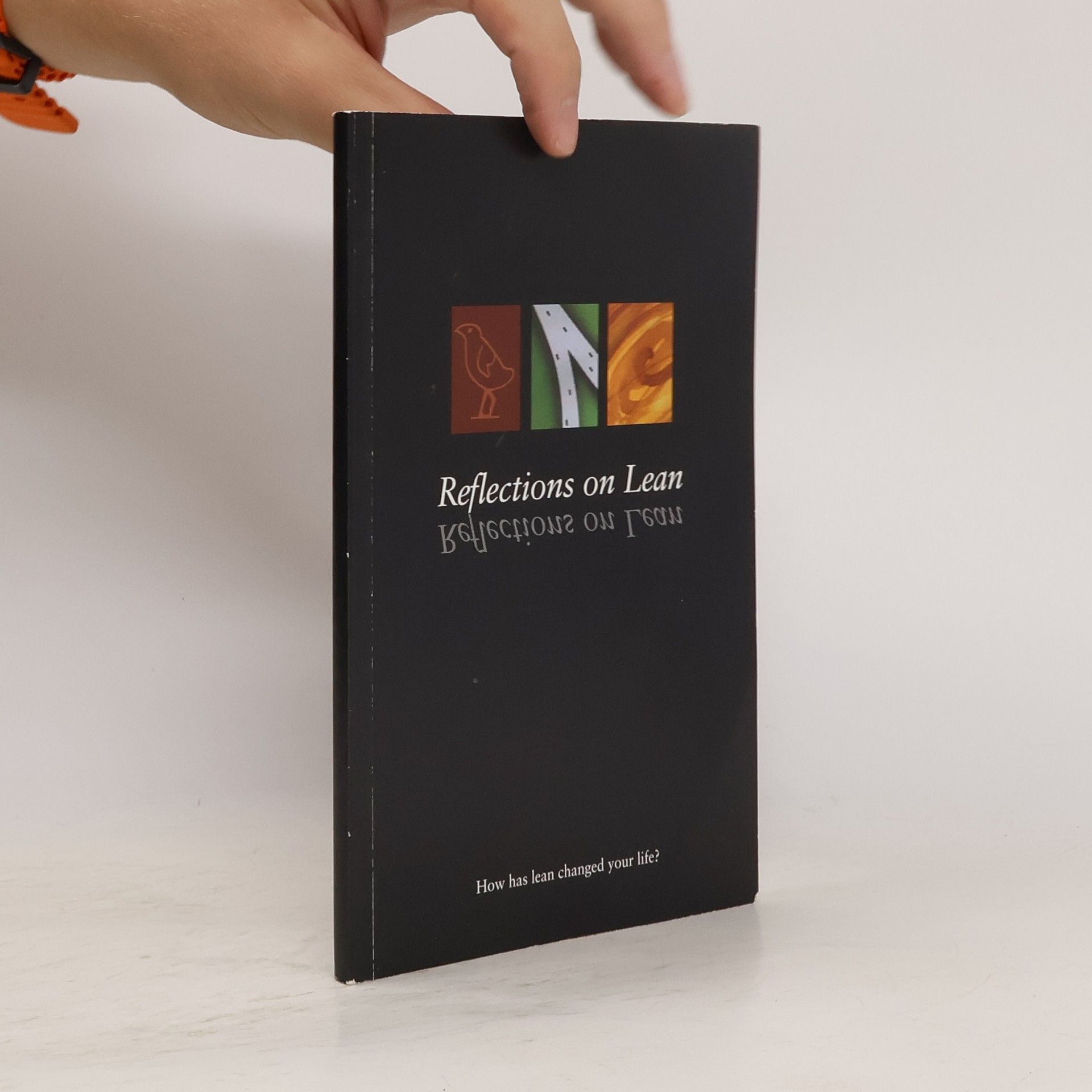In this text, the authors show consumers and companies alike how they can align their goals to achieve greater value with less waste.
Daniel T. Jones Livres
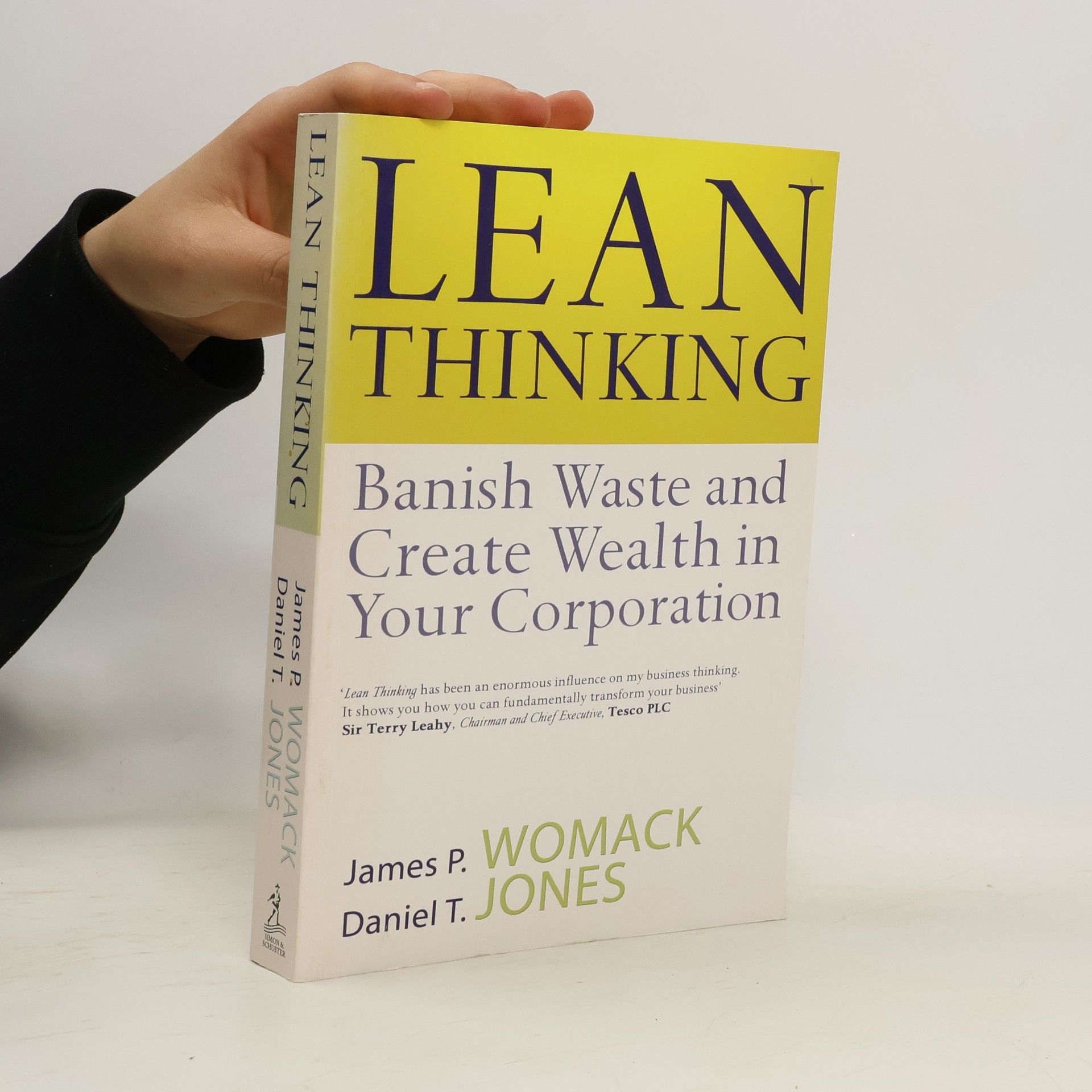


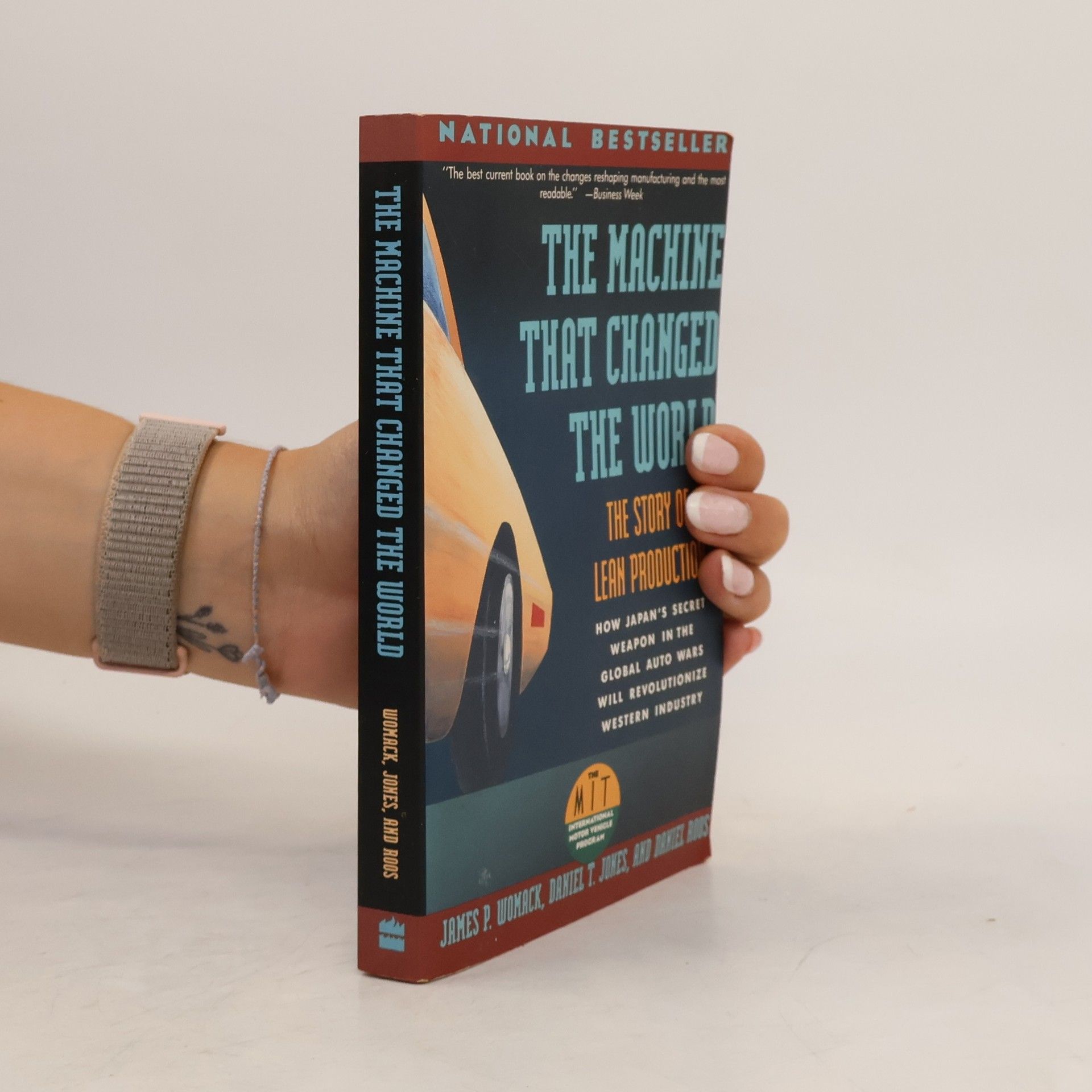
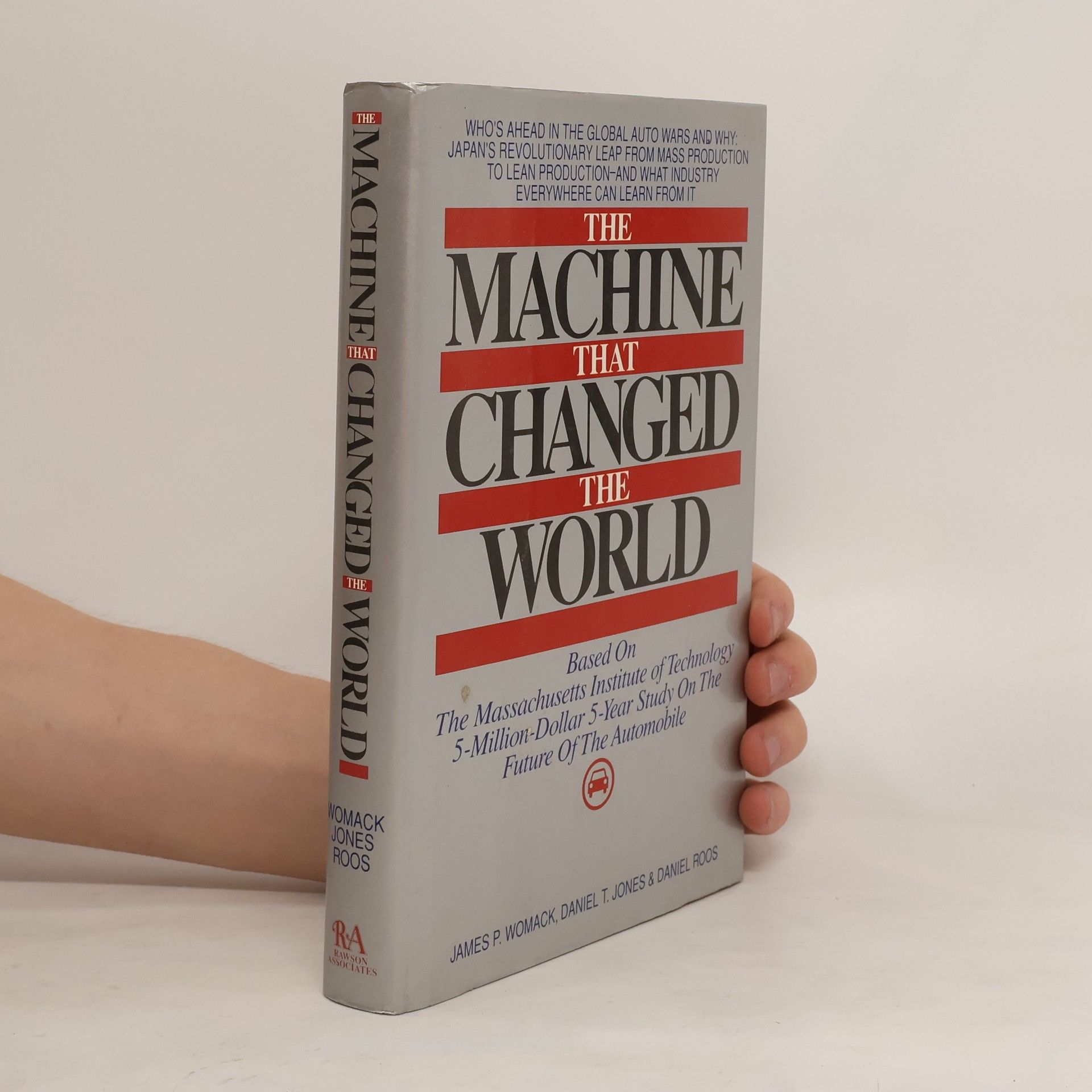

Draws conclusions for the future of the industry in the USA.
This volume carefully traces the rise of the Toyota system from its take-off point in Ford's mass production system to its spread across the world, starting with the NUMMI joint venture with General Motors in California and now advancing in Europe, Latin America, and East Asia as well. It then identifies and describes the advantages of this system, which needs less of everything including time, human effort, inventories, and investment to produce products with fewer defects in smaller volumes at lower costs for fragmenting markets. The Machine That Changed the World even gave the system its name: lean. In the decade since its launch in the fall of 1990, The Machine That Changed the World has sold more than 600,000 copies in 11 languages and has introduced a whole generation of managers and engineers to lean thinking. No lean library is complete without this groundbreaking book. "The fundamentals of this system are applicable to every industry across the globea[and] will have a profound effect on human society. It will truly change the world." - New York Times Paperback / 1990 / 323 pages
Documents the evolution and application of "lean production" principles within the automobile industry, drawing on an MIT global study of industrial competition while documenting how Toyota implemented the lean business system at all stages from development and production to sales and service. Reprint. 25,000 first printing.
Lean Solutions
How Companies and Customers Can Create Value and Wealth Together
- 376pages
- 14 heures de lecture
In the search for ever greater profits & efficiency, downsizing and re-engineering are inadequate. The authors maintain that Lean Thinking can improve a company through a series of simple ideas and a new concept of the meaning of value
